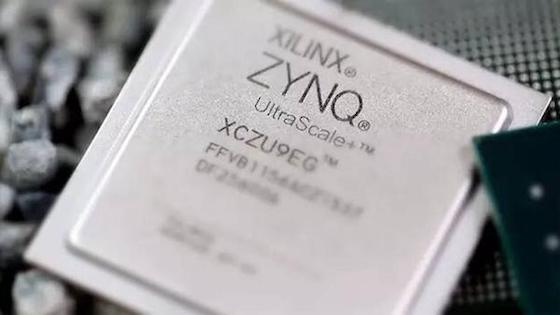Chipmaker Xilinx: New integrated circuits to meet computing demand of smart city Release date:2018-10-17
Smart cameras with high-speed processing chips are becoming the “eyes” of smart cities — they assist police to catch fugitive criminals on concerts of singer Jacky Cheung Hok-yau, enable autonomous vehicles to identify road condition, and detect customers’ emotions as they enter shopping malls. Xilinx is one of the chip suppliers that helps makes the above-mentioned scenarios a reality.
Founded in 1984 and now the largest field-programmable gate array (FPGA) manufacturer worldwide, Xilinx is an American science and technology company whose main products are logic-based software programming solutions, including advanced integrated circuits, software design tools, preconfigured system functions, design services, customer training and engineering and technical support.
Recently, in the matchmaking for exhibitors & buyers of the high-end intelligent equipment of the China International Import Expo (CIIE), Zhu Yong, the technology sales director at Xilinx, shared his view on the technological path for the development of future smart city.

High-speed chips are needed in real-time graphic data analyses for identifying specific human faces or scenes, and Xilinx provides an acceleration solution. “Compared with traditional CPUs, our chips show better performance, more flexibility, and can be customized for to different scenarios,” Zhu said.
“We provide clients with opportunities to customize when we produce the chips,” said Zhu about the company’s star product — FPGA. It is a semi-customized circuit to enable free combinations of different circuit functions.
“Design the specialized algorithm for face recognition, turn it into a functional circuit, and then burn it into a chip, so the chip becomes specially applicable for this scenario, providing better performance, less energy consumption with lower cost,” he said.
After the processed chip is put into a system or a solution, the circuit can be redesigned and reprogramed in case of changes, instead of remaking a whole new set of hardware. This feature of FPGA ensures longer use of the chip, making it more environmental friendly.
“Our chips are widely used,” said Zhu. “Xilinx advocates ‘building the adaptable, intelligent world’, and to realize this goal, we’ve launched an adaptive compute acceleration platform (ACAP) based on our programmable chips.
ACAP has a structure with a higher level of integration. In addition to a processor, it also has the programmable part of traditional FPGAs with a high-performance computing unit. “It has a higher performance and level of integration designed for the huge computing demand of neural networks and smart cities,” Zhu said.
“In addition to programmable hardware, our products also include functions such as programming through software. In addition to CPUs and graphics processing units (GPU), we will provide a larger and better platform through adaptive chips,” he said. “The next generation of smart solutions is on the way.”
From traditional CPUs and GPUs to current FPGA hardware acceleration and ACAP, this is the trend of future development for chips. “We believe that our technology is always in the leading position,” Zhu said.
Nowadays, most manufacturers have already been producing 16-nanometer chips, and Xilinx will launch 7-nm chips next year, according to Zhu. It will be the most advanced technology in the world as making smaller chips requires higher precision, and the smaller the chips become, the more integrated circuits can be put in the same area, promising a better performance.